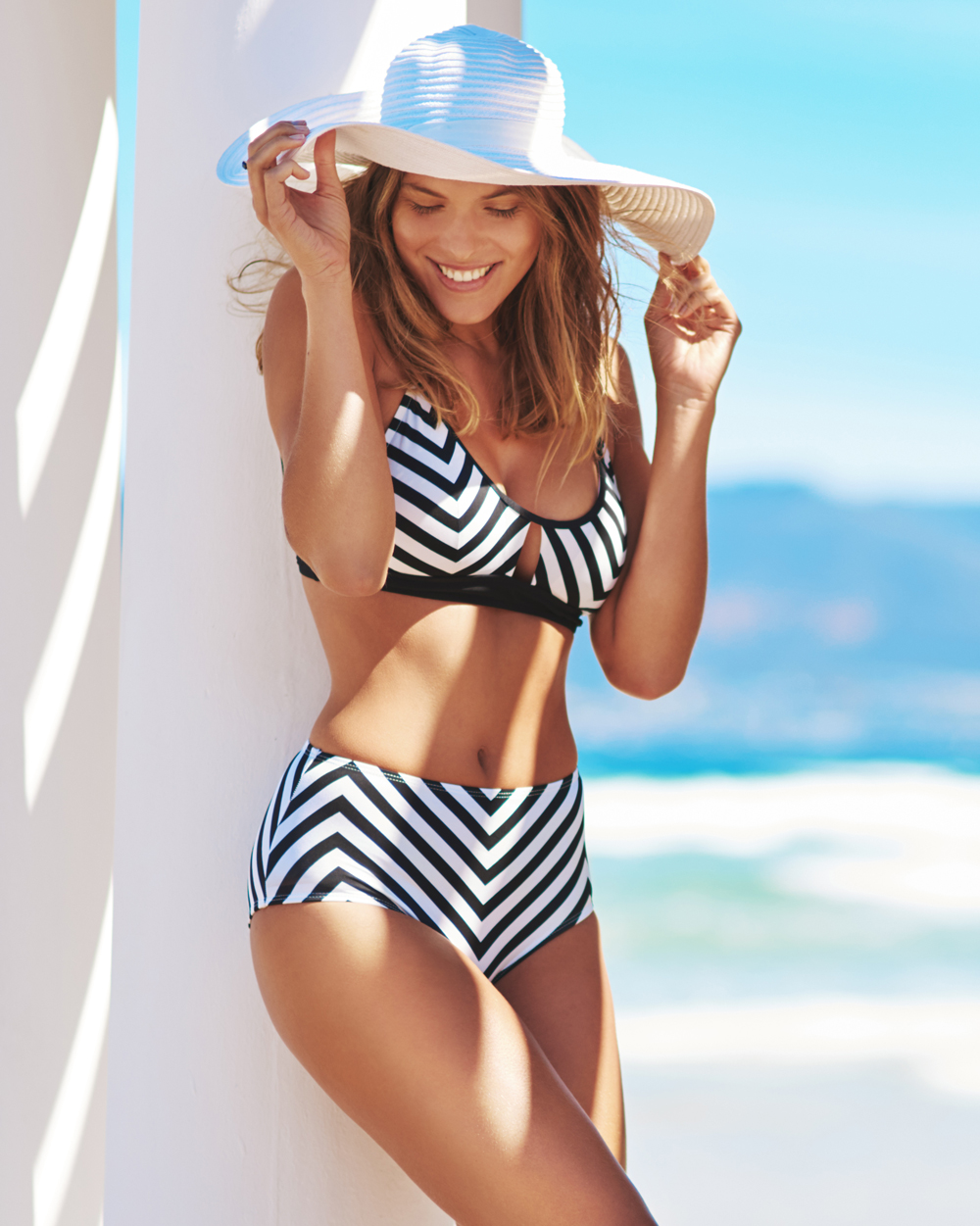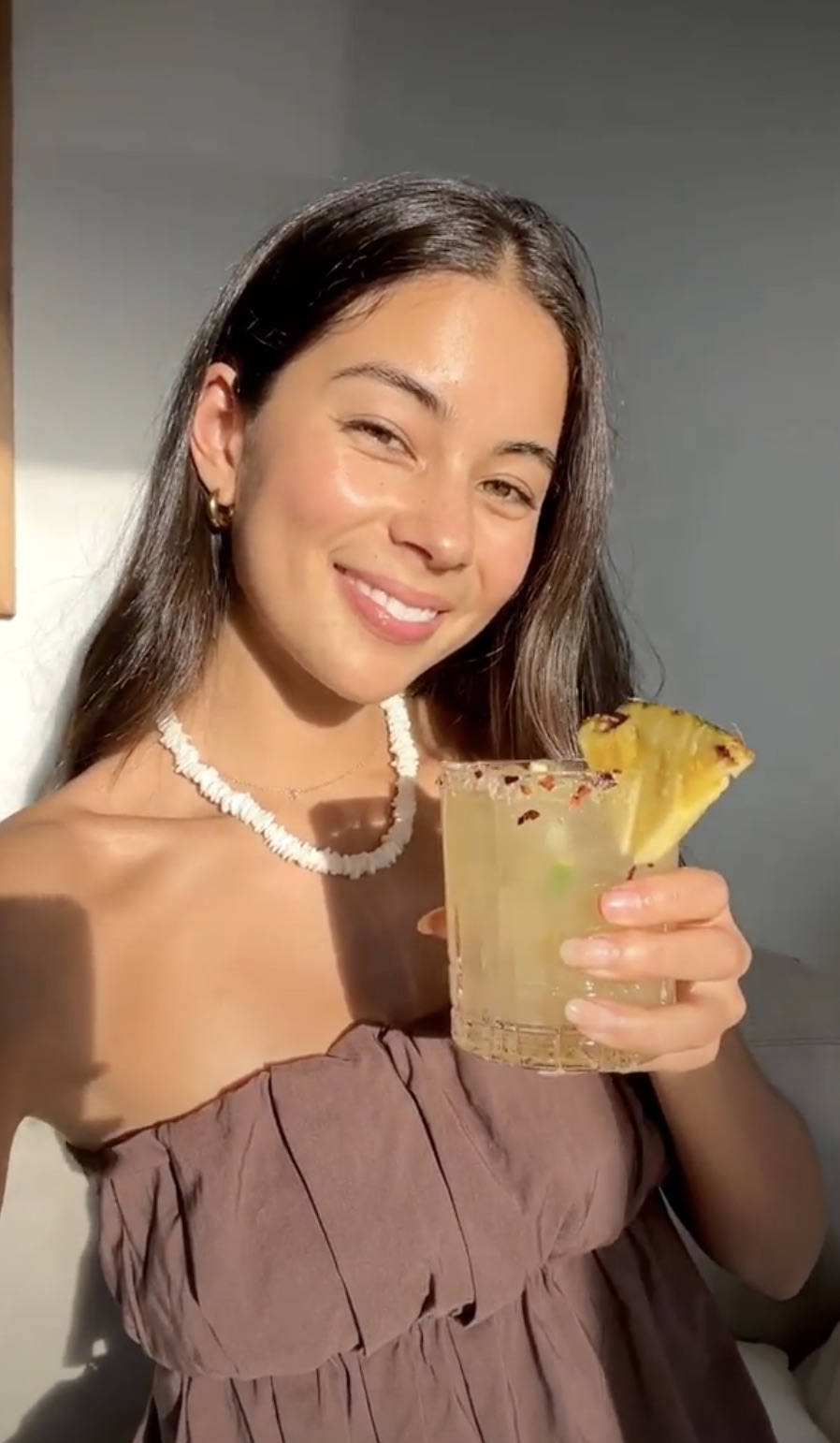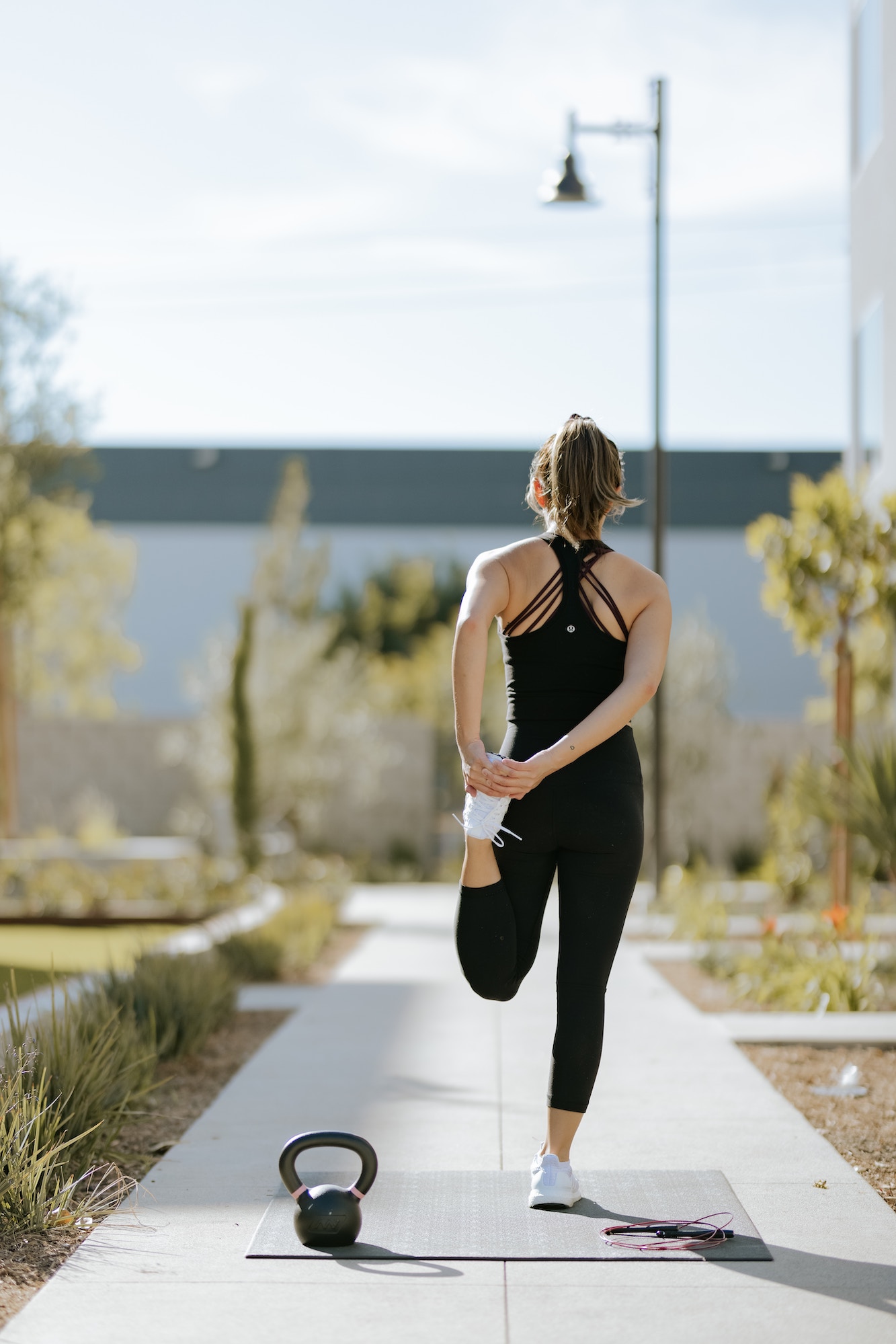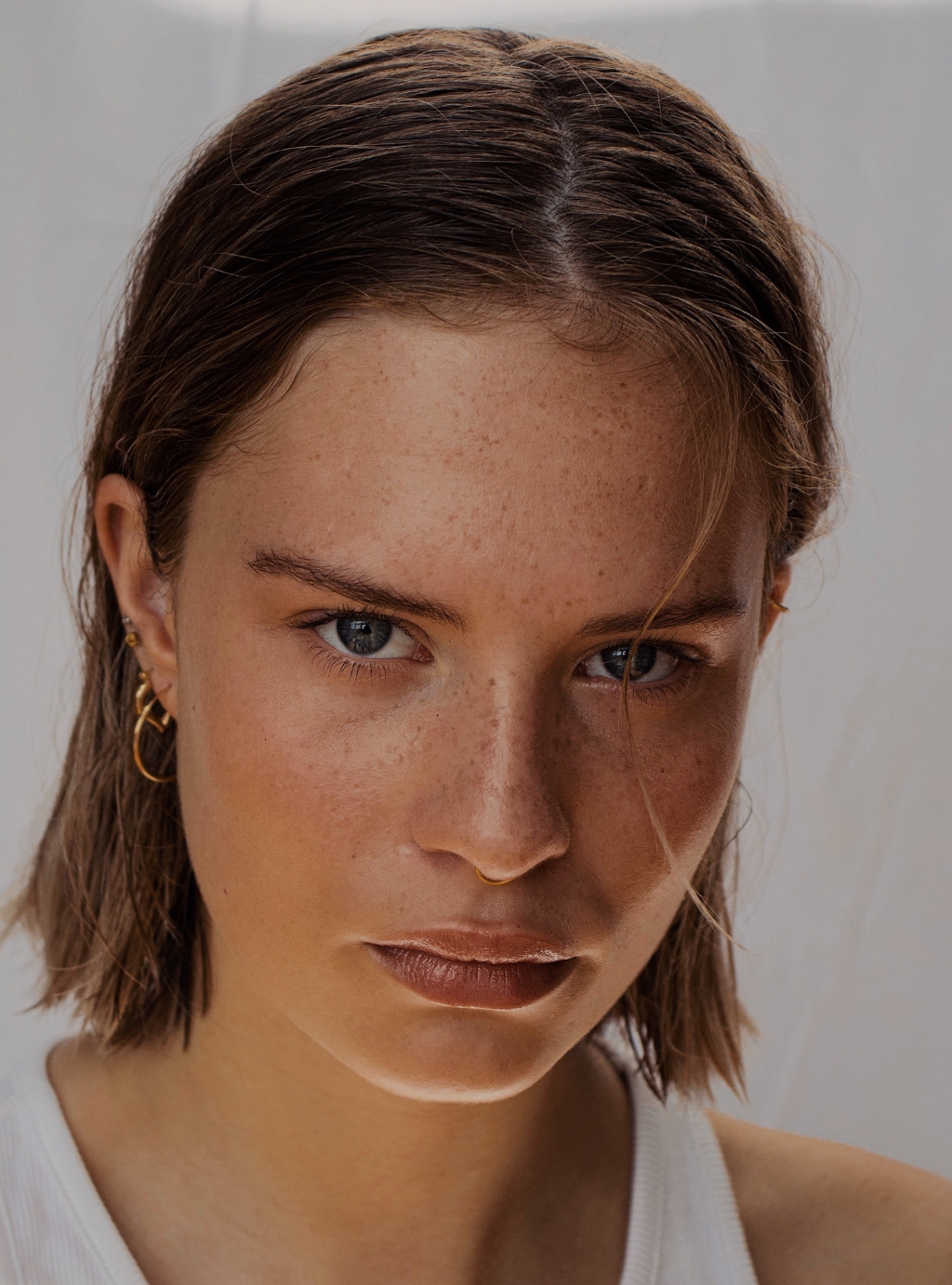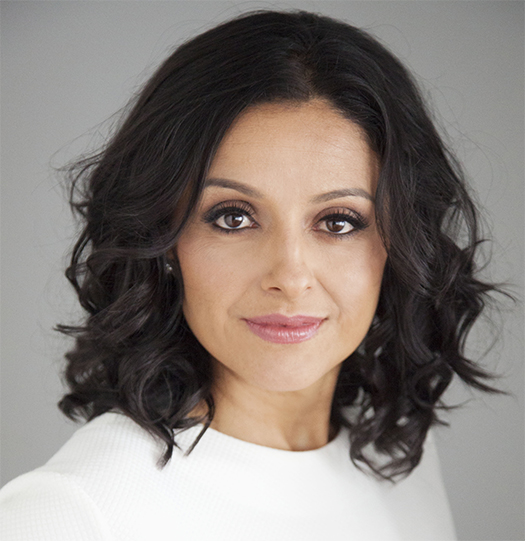
“The people who are now suffering from skin cancer or dying of melanoma were children and teenagers when the damage began, we know better now and we know how to prevent it.”
With over 4000 people diagnosed with melanoma in New Zealand each year – that’s approx. 13 peeps per day – chances are we all know someone who has suffered, or had a scare. So why then don’t more of us get skin checks for our moles? Miss FQ digital and associate editor, Skye Ross recently caught up with Dr Maria DS Reeves, who started Claris, a skin cancer clinic in Auckland, to ask her some FAQs about mole maps, skin cancer, what SPF actually means, and when it’s time to start worrying.
At what age should we be going for our first mole check?
While we’re babies, up until the mid-teens, we depend on our parents to help us protect our skin against the sun by applying sun creams, wearing hats, sun glasses and protective clothing. At the age of 15 we become more independent, and we need to start protecting ourselves.
This is the ideal age (15) where we need to get our first mole check. Visiting someone who is an expert on identifying melanoma on young skin is essential as they know what to look out for.
Why so young?
Our bodies are made of cells and each cell has a core called DNA. Simply put, DNA is the engine of each cell that dictates how our bodies function.
DNA is also found in our skin cells and sadly UVA and UVB damages DNA making us feels sick when we get over exposed to the sun without protection either intermittently or for prolonged periods of time.
Each UV light causes damage differently, UBV affects the DNA directly and UVA causes the formation of chemicals that destroy the cell. Both, cause melanoma. It takes many years of sun exposure for these rays to cause lethal and permanent damage.
Therefore, we need to work on reducing our exposure to the sun as well as getting regular skin checks. By doing this, trained health professionals can track mole changes and suspicious spots closely.
Think about it, the people who are now suffering from skin cancer or dying of melanoma were children and teenagers when the damage began, we know better now and we know how to prevent it.
What are moles?
A mole is a raised spot/blemish with borders and deep pigment. It is made of group of cells called melanocytes which produce melanin; a pigment that gives the mole the colour and our own natural sunscreen. These cells grow in groups rather than spread across the skin.

When should we be worried about our moles?
Friendly moles are round, smooth, small (less than 6mm diameter) and have one colour normally dark or pale brown and sometimes they are raised and slightly pink.
We provide education based on a very popular acronym: ABCDE. This has proven to demonstrate early signs of skin cancer.
Asymmetry: Divide the mole in four quadrants and if the mole does not look the same in all sections this is classified as asymmetrical and suspicious.
Border: Melanoma and non-melanoma skin cancers have irregular uneven borders.
Colour: Look for two shades and remember the shades are not always black or dark brown. Melanoma can display an array of colours from black, brown, blue, pink, purple as well as white.
Diameter: The majority of melanomas are large (around 6mm give or take).
Evolving. This means you will see the ABCD steps in action with changes to the worsening over a period of time. If you notice changes over a period of three months or more I would suggest seeking professional help immediately.
If you or your friends ever experience something like this, please seek medical help immediately.
What happens during a skin check?
Every doctor checks the skin differently. The idea is to check all the moles and freckles on your body from head to toe.
At Claris Group, we spend 30-40 minutes doing just that and we also look in other areas of the body that are not exposed to the sun as melanoma can also be caused due to genetic factors (DNA running in the family).
An important factor here is to make sure you feel comfortable, safe and well cared for. I always encourage my younger patients to bring a relative with them, because information about family history is essential and most of my younger patients need help with this. It also helps your parents express concerns about moles that may have noticed a change or those that you can’t see.
Sometimes we use photography for moles that we need to review later or remember in the next visit. It’s like recording a journey that may change over time, and without a photo it would be like driving, cycling or tracking a route without a map.
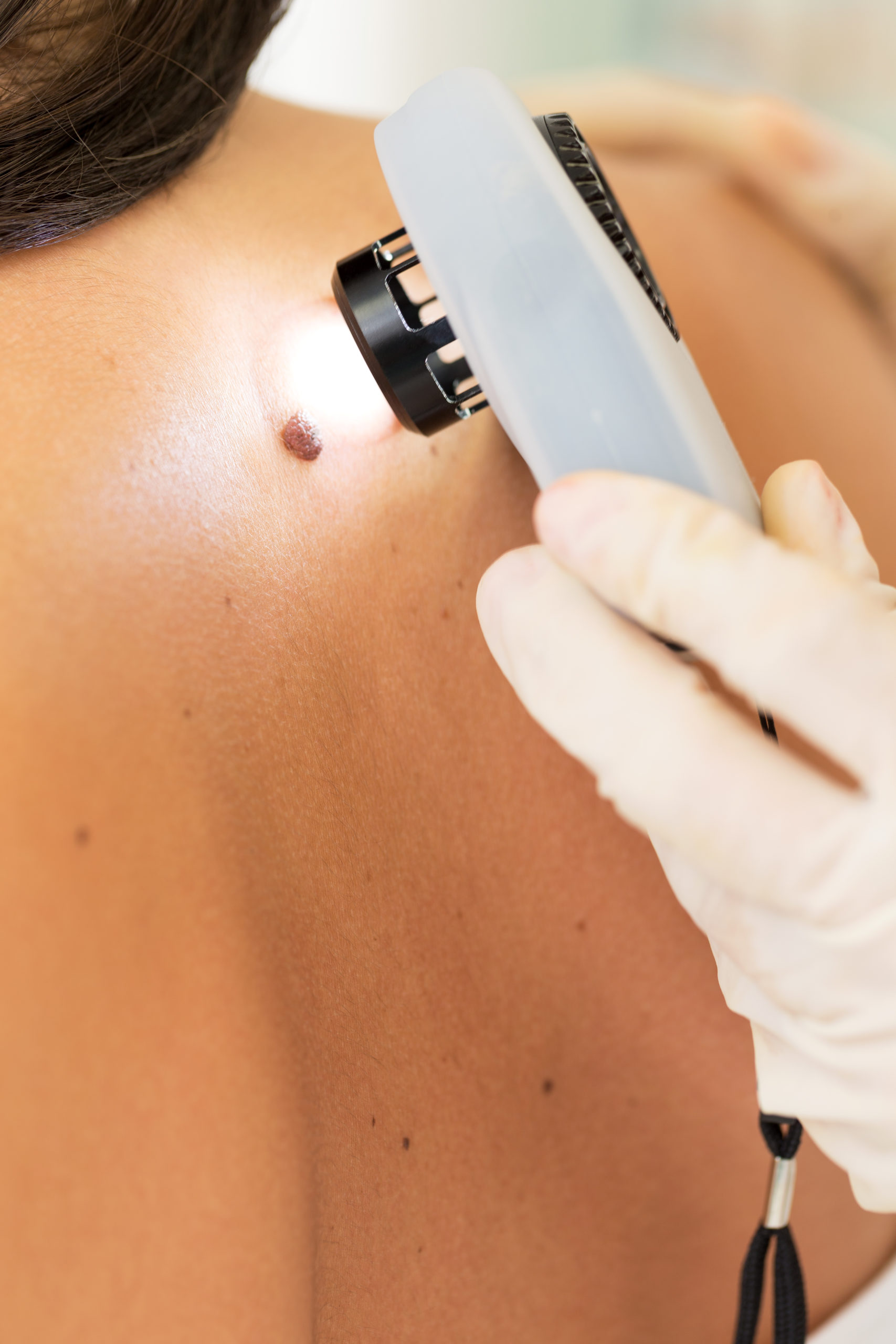
Researchers from the Warren Alpert Medical School at Brown University did a study that found subjects who reported at least five blistering sunburns between the ages of 15 and 20 were 80% more likely to develop melanoma in adulthood than those without a history of serious burns. Do you see this statistic ring true with your patients?
Sun burn, peeling and blistering have consistent proof on skin cell damage and consequently skin cancer. These factors have been researched by many scholars over time and the evidence has proven to be true.
In regards to my patients I have seen evidence of melanomas appearing in the areas where blistering was more prominent such as the back of the shoulders, the entire back and back of the legs. I cannot compare their statistics with my clinical practice, but I can truly say blistering is a predominant component for skin cancer development, and therefore, one of the risk factors we always ask for.
How much does using an SPF 50 sunscreen, opposed to an SPF 30, make a difference to protecting our skin?
The difference between SPF 15 and SPF 50 is 94% coverage vs 97% coverage with an SPF 50.
I always tell my patients something is better than nothing and it is not just about the SPF number on the bottle, it’s the regularity we must apply it as well as combining it with other barrier methods such as clothing etc.

It is summer time and we want to be in the sun, without jeopardising our skin. What are the rules we should follow for avoiding skin cancer?
Let’s be honest, we all struggle to remember the ‘Slip, Slop, Slap and Wrap’ approach, not because we’re not smart enough to remember, but because we all live busy lives as adults. We can all get caught out from time to time.
However, the essentials are non-negotiable when dealing with Melanoma that will have no mercy on us:
- Love the creams: Sun block, sun block and more sun block. There is no other way but to find the product that suits you best and fall for it.
- Sun glasses and contact lenses with UV protection: Shades are extremely fashionable these days and in New Zealand we are fortunate enough to have so many styles available. These items are essential to reduce the risk of melanoma of the eyes.
- Broad brim sun hat: It must cover our head and neck including our ears and nose. Avoid tiny holes – if you can see light going through to your skin, your skin can also feel it and get cancer because of it.
- UV protective clothing: Now days surfing and swimming wear companies sell garments with UV protection. Make an effort to buy this type of clothing in addition to the above.
- Regular skin checks: Having a trained doctor to look at your skin is essential, and as the saying goes ‘prevention is better than cure’. Look for doctors who have qualifications on their walls, those who invest time in sharing their knowledge with you and those who are interested in your views about the subject.
At Claris Group, we invest in teaching you about self-skin examination because the power of knowledge gives you more autonomy to help others and help yourself.
- UV index apps: I think we now live in the era of digital technology and NIWA has produced an app that help New Zealanders to be informed on the UV index. I have two on my phone; uv2Day and GlobalUV. The first one tells you about your local UV index and the second one about the UV index around the world comparing it to New Zealand. You can read more about UV index and what it means at the NIWA website.
- Tell others: about skin checks, sun protection and be an inspiration. What a better way to change our world by inspiring others so you can save the lives of friends and love ones. All of the above is simply some great steps to save lives.

